

- RFQ
- BOM
-
Contact Us
Tel: +86-0755-83501315
Email: sales@sic-components.com
- Chinese
- English
- French
- German
- Portuguese
- Spanish
- Russian
- Japanese
- Korean
- Arabic
- Irish
- Greek
- Turkish
- Italian
- Danish
- Romanian
- Indonesian
- Czech
- Afrikaans
- Swedish
- Polish
- Basque
- Catalan
- Esperanto
- Hindi
- Lao
- Albanian
- Amharic
- Armenian
- Azerbaijani
- Belarusian
- Bengali
- Bosnian
- Bulgarian
- Cebuano
- Chichewa
- Corsican
- Croatian
- Dutch
- Estonian
- Filipino
- Finnish
- Frisian
- Galician
- Georgian
- Gujarati
- Haitian
- Hausa
- Hawaiian
- Hebrew
- Hmong
- Hungarian
- Icelandic
- Igbo
- Javanese
- Kannada
- Kazakh
- Khmer
- Kurdish
- Kyrgyz
- Latin
- Latvian
- Lithuanian
- Luxembou..
- Macedonian
- Malagasy
- Malay
- Malayalam
- Maltese
- Maori
- Marathi
- Mongolian
- Burmese
- Nepali
- Norwegian
- Pashto
- Persian
- Punjabi
- Serbian
- Sesotho
- Sinhala
- Slovak
- Slovenian
- Somali
- Samoan
- Scots Gaelic
- Shona
- Sindhi
- Sundanese
- Swahili
- Tajik
- Tamil
- Telugu
- Thai
- Ukrainian
- Urdu
- Uzbek
- Vietnamese
- Welsh
- Xhosa
- Yiddish
- Yoruba
- Zulu
- Kinyarwanda
- Tatar
- Oriya
- Turkmen
- Uyghur
High-Bandwidth Amplifier For Oscilloscopes
In the realm of electronic test and measurement, oscilloscopes serve as the primary tools for visualizing and analyzing electrical signals. At the heart of high-performance oscilloscopes lies the high-bandwidth amplifier, a critical component that ensures accurate acquisition, amplification, and reproduction of ultra-fast signals. This article explores the technical foundations, key requirements, application scenarios, and future trends of high-bandwidth amplifiers in oscilloscopes, shedding light on their role in advancing precision measurement for modern electronics. https://www.sic-components.com/amplifiers
I. Technical Foundations of High-Bandwidth Amplifiers
High-bandwidth amplifiers in oscilloscopes are designed to handle signals spanning from DC to gigahertz (GHz) frequencies, a capability essential for characterizing high-speed digital interfaces (e.g., USB 4, PCIe 5.0), RF communications, and advanced semiconductor devices.
1. Architectural Design
Differential Amplification: Most high-bandwidth amplifiers employ differential topologies to reject common-mode noise and improve signal integrity, critical for measuring small differential signals in noisy environments.
Broadband Amplifier Technologies:
Operational Amplifiers (Op-Amps): Specialized broadband op-amps (e.g., Analog Devices’ ADA4898, bandwidth: 3.9 GHz) use advanced processes like SiGe (silicon-germanium) or GaAs (gallium arsenide) to achieve high-frequency performance.
Distributed Amplifiers: Constructed from cascaded gain stages with transmission lines, these amplifiers offer flat frequency responses up to tens of GHz (e.g., Keysight’s 11970 series, bandwidth: 70 GHz).
Active Probe Integration: Amplifiers are often embedded within oscilloscope probes (e.g., Tektronix THDP0100, 1 GHz bandwidth) to minimize signal loss and noise pickup at the point of measurement.
2. Key Performance Metrics
Bandwidth: Defined as the frequency at which the amplifier’s gain drops by -3 dB. Modern oscilloscopes can reach bandwidths of 100 GHz and beyond (e.g., Keysight Infiniium UXR series).
Gain Flatness: The consistency of gain across the frequency range (e.g., ±0.5 dB over 10 GHz), critical for accurate signal reconstruction.
Noise Figure (NF): Measures the amplifier’s contribution to signal noise. Low NF (e.g., <5 dB) is essential for detecting weak signals in RF and analog applications.
Slew Rate (SR): The maximum rate of change of the output voltage (e.g., >1000 V/μs), determining the amplifier’s ability to reproduce fast edges in digital signals.
Harmonic Distortion (THD): Indicates nonlinearity, with values typically <0.1% at high frequencies to preserve signal fidelity.
II. Critical Requirements for Oscilloscope Amplifiers
Signal Integrity Preservation
Impedance Matching: Amplifiers must match the oscilloscope’s input impedance (typically 50 Ω or 1 MΩ) to prevent signal reflections. Active probes use 50 Ω termination to minimize distortion in high-speed traces.
Group Delay Flatness: Ensures all frequency components of a signal arrive at the same time, critical for maintaining pulse shape in digital signals.
Thermal Management
High-power dissipation at GHz frequencies can cause thermal drift and component degradation. Advanced packaging techniques (e.g., ceramic substrates, embedded heat sinks) and low-power designs (e.g., TI’s OPA858, 1.5 GHz, 150 mW) address this challenge.
Dynamic Range
The amplifier must handle both small signals (e.g., μV-level analog signals) and large transient inputs (e.g., 10 V digital pulses) without saturation. This requires a high input voltage range and robust overload recovery mechanisms.
III. Application Scenarios
High-Speed Digital Circuit Testing
SerDes and Data Links: Amplifiers with 20+ GHz bandwidth (e.g., Teledyne LeCroy LabMaster 10 Zi-A, 50 GHz) are essential for analyzing PCIe 5.0, HDMI 2.1, and 100G Ethernet signals, ensuring compliance with timing and amplitude specifications.
Edge Rate Measurement: For signals with rise times <50 ps (e.g., advanced FPGAs), amplifiers must maintain flat frequency response to avoid overshoot or ringing in the displayed waveform.
RF and Microwave Analysis
Wideband Signal Capture: In radar and wireless communications, amplifiers with 40+ GHz bandwidth (e.g., Rohde & Schwarz RTO6, 6 GHz) enable real-time analysis of modulated signals like 5G NR.
Harmonic and Intermodulation Testing: Low-distortion amplifiers (e.g., Analog Devices’ ADA4950, THD: -80 dBc at 1 GHz) help characterize nonlinearities in RF components.
Semiconductor and Component Validation
Device Characterization: Amplifiers with ultra-high bandwidth (e.g., Keysight 86100D, 70 GHz) are used to test transistors, oscillators, and high-speed interconnects, ensuring they meet design specifications.
EMI Pre-Compliance Testing: High-sensitivity amplifiers (NF <3 dB) detect low-level electromagnetic interference in early-stage designs.
IV. Design Challenges and Solutions
High-Frequency Noise Suppression
Layout Techniques: Stripline routing, ground planes, and careful component placement minimize parasitic capacitances and inductances.
Filter Integration: Embedded low-pass or band-pass filters (e.g., LC networks) reduce out-of-band noise without compromising in-band performance.
Bandwidth Limitations from Packaging
Advanced Packaging: Flip-chip bonding, through-silicon vias (TSVs), and surface-mount technology (SMT) with short lead lengths (e.g., QFN packages) reduce parasitic effects.
Coaxial Interfaces: SMA or 2.92 mm connectors provide reliable high-frequency connections up to 40 GHz.
Calibration and Linearization
Digital Signal Processing (DSP): Post-amplification DSP algorithms (e.g., de-embedding, equalization) correct for amplifier nonlinearities and frequency response errors.
Periodic Calibration: Oscilloscopes use built-in calibration routines (e.g., Tektronix Autocal) to compensate for amplifier drift over time.
V. Market Landscape: Leading Products and Innovations
Manufacturer Product Series Bandwidth Key Features
Keysight Technologies Infiniium UXR Series Up to 110 GHz GaAs amplifiers, 16-bit ADC, real-time analysis
Tektronix DPO70000SX Series Up to 70 GHz Active probe integration, low noise floor
Rohde & Schwarz RTO-K Series Up to 40 GHz Digital trigger and analysis tools
Analog Devices ADA4897-1 3.9 GHz Low noise (2.9 nV/√Hz), high slew rate (2000 V/μs)
Texas Instruments OPA858 1.5 GHz Low power (150 mW), rail-to-rail output
Innovations:
AI-Driven Amplifier Design: Machine learning optimizes amplifier topologies for specific frequency ranges, reducing trial-and-error in development.
Modular Amplifier Systems: Reconfigurable amplifiers (e.g., picker modules in Keysight oscilloscopes) allow users to swap amplifiers for different bandwidth needs.
VI. Future Trends
Higher Bandwidth via Advanced Materials
Gallium Nitride (GaN) and Diamond Semiconductor: These materials offer higher electron mobility and thermal conductivity, enabling amplifiers beyond 100 GHz.
Photonic Integration: Optical amplifiers integrated with electronic circuits may bridge the gap between RF and optical signal analysis.
Miniaturization and Integration
System-in-Package (SiP): Combining amplifiers, ADCs, and signal processors in a single package (e.g., TI’s AFE58xx series) reduces signal path length and improves noise performance.
On-Chip Oscilloscopes: Embedded high-bandwidth amplifiers in semiconductor test equipment (e.g., Keysight’s U4998A) enable in-situ signal analysis during IC fabrication.
Energy-Efficient Designs
Low-power CMOS Processes: Scaling to 14 nm and below allows high-bandwidth amplifiers with sub-mW power consumption, suitable for portable oscilloscopes.
VII. Conclusion
High-bandwidth amplifiers are the unsung heroes of modern oscilloscopes, enabling engineers to unlock the mysteries of ever-faster electronic signals. From 5G wireless networks to cutting-edge semiconductor devices, these amplifiers bridge the gap between raw signal acquisition and meaningful insight. As technology advances toward terahertz frequencies and beyond, the demand for amplifiers with higher bandwidth, lower noise, and smarter integration will only grow, ensuring that oscilloscopes remain indispensable tools in the pursuit of precision measurement.
By addressing challenges in signal integrity, thermal management, and dynamic range, designers of high-bandwidth amplifiers continue to push the boundaries of what is measurable, driving innovation across industries and shaping the future of electronic design.
https://www.sic-components.com/amplifiers

Hot Products
View MoreRelated Blogs

2000+
Daily average RFQ Volume

30,000,000
Standard Product Unit

2800+
Worldwide Manufacturers

15,000 m2
In-stock Warehouse





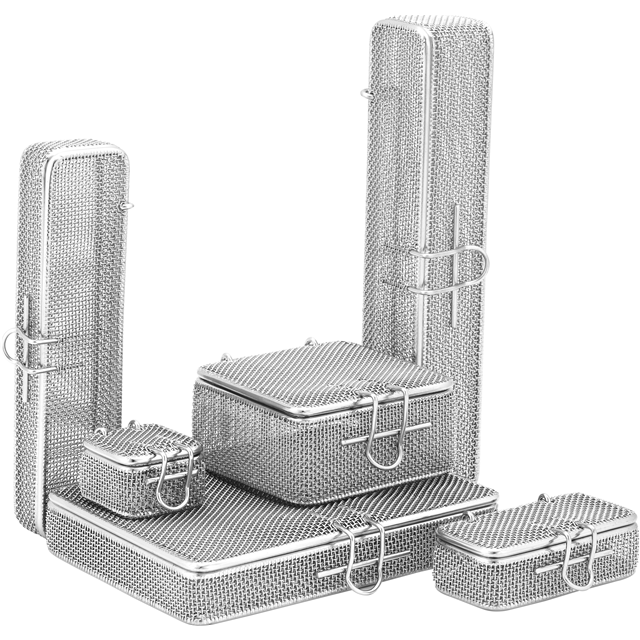






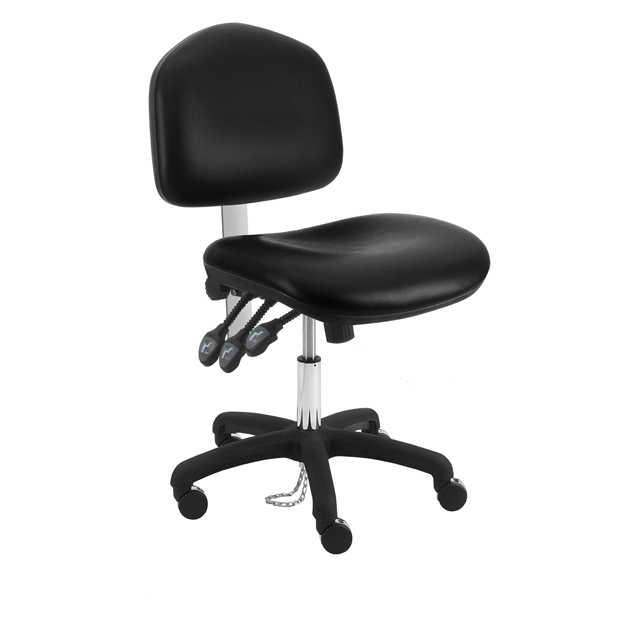
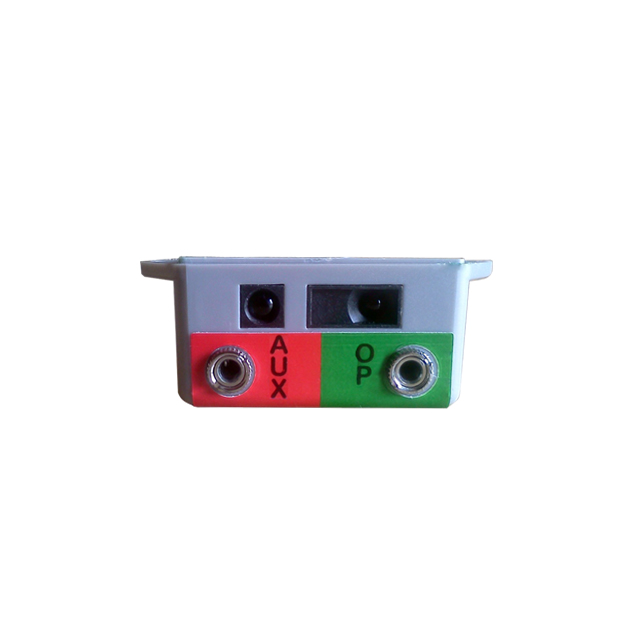
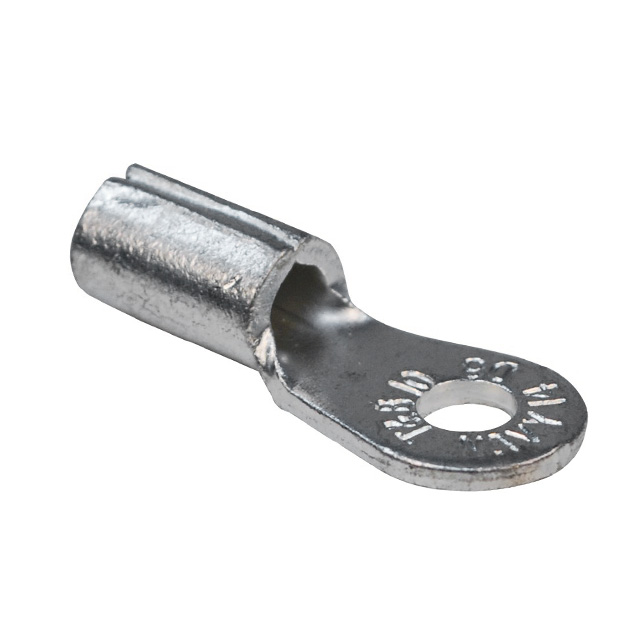
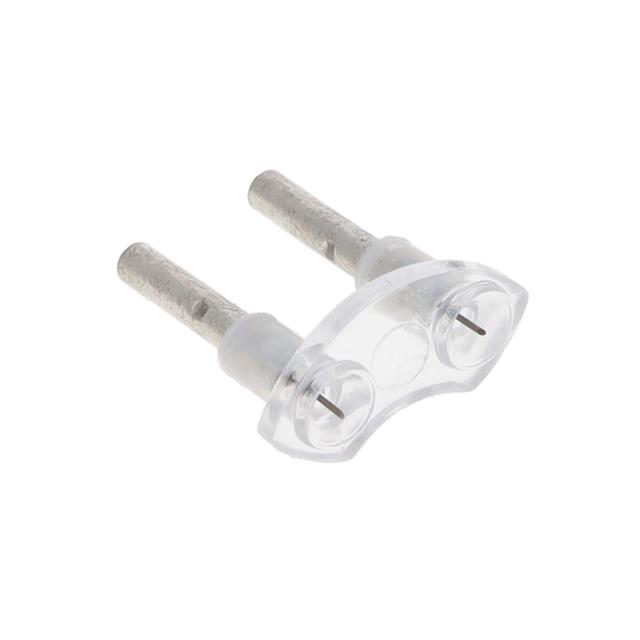









 Wishlist (0 Items)
Wishlist (0 Items)